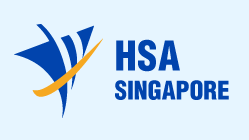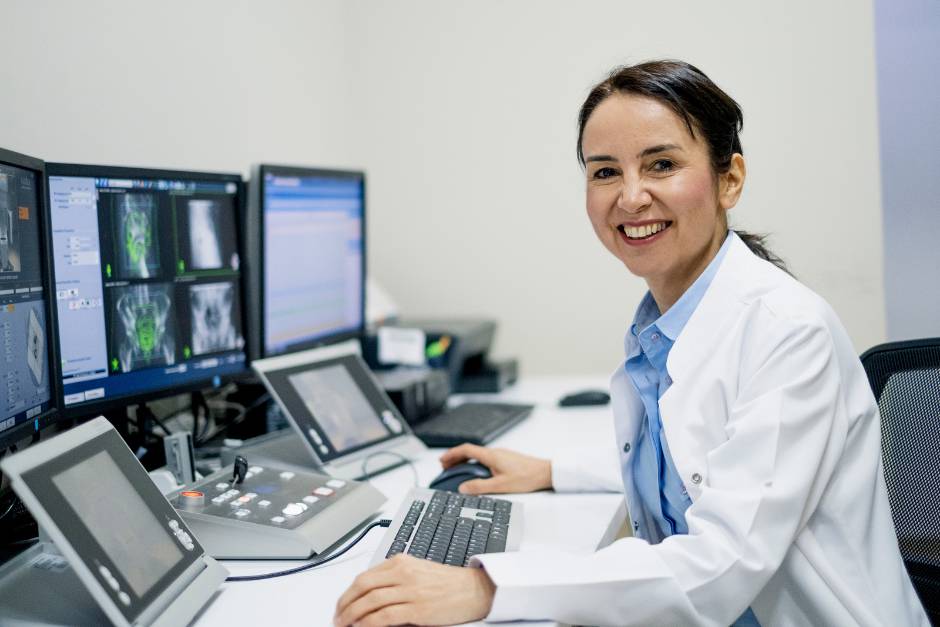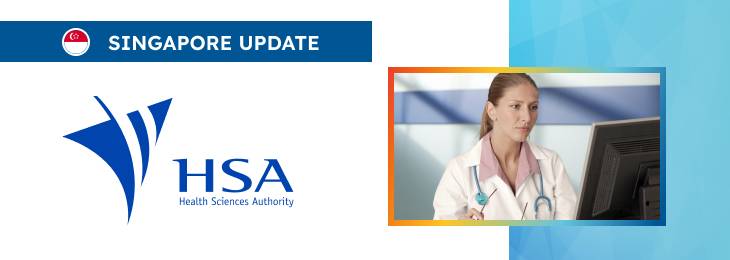The new article provides an overview of the activity controls introduced to ensure operations conducted by medical device manufacturers (software developers) align with the relevant regulatory requirements.

Table of content
The article also addresses the matters related to changes to software medical devices and the regulatory approach they should be subject to.
The Health Sciences Authority (HSA), Singapore’s regulatory agency in healthcare products, has published a guidance document dedicated to software medical devices in the context of a life cycle approach.
The document provides an overview of the applicable regulatory requirements and additional clarifications and recommendations to be considered by medical device manufacturers (software developers) to ensure compliance with them.
At the same time, the authority reserves the right to change the guidance and recommendations provided therein, should such changes be reasonably necessary to reflect corresponding amendments to the underlying legislation.
The authority mentions that the landscape of software medical devices is highly regulated to ensure safety, efficacy, and quality. Manufacturers, importers, and wholesalers engaged in the distribution of such devices must obtain medical device licenses.
As described earlier in the previous article, this necessitates the implementation of a robust Quality Management System (QMS), adhering to standards such as ISO 13485, to oversee the development, manufacture, traceability, post-market surveillance, and overall lifecycle management of software medical devices.
Quality Management System and Licensing
According to the guidance, QMS tailored for software medical devices emphasizes several core components:
- Development and manufacture under stringent quality controls
- Traceability from production to end-user to facilitate recalls or corrective actions
- Efficient post-market surveillance mechanisms for product safety and efficacy
- Comprehensive record-keeping of device-related data, including customer feedback and recall actions
The specific licensing requirements vary based on the nature of the distribution and the medium through which the software is made available (e.g., physical media, internet downloads, cloud services). Each scenario demands adherence to QMS standards and the possession of appropriate licenses to operate legally and responsibly.

Change Management for Software Medical Devices
The scope of the guidance also covers the aspects related to the changes to software medical devices and the regulatory status thereof.
According to the guidance, software medical devices undergo continuous evolution post-registration to enhance functionality, address defects, and ensure ongoing safety. The Health Sciences Authority (HSA) employs a risk-based approach to manage these changes, differentiating between significant and non-significant modifications.
This strategy ensures that changes do not compromise the device’s safety and effectiveness, with significant alterations undergoing rigorous review.
Post-Market Surveillance and Field Safety Corrective Actions (FSCA)
Post-market activities are vitally important for identifying risks and issues that might not be evident during the initial development phases. Manufacturers and distributors are obliged to report any defects, malfunctions, or adverse events.
FSCAs are a vital component of this surveillance, aimed at mitigating risks associated with using software medical devices. These actions may involve software updates, bug fixes, or other measures to ensure patient safety and device performance.
Common software-related issues can range from inaccurate test results and therapy delivery failures to interface problems and usability concerns.
Addressing these issues promptly and effectively is paramount, with corrective actions tailored to the nature of the problem.
Documentation and traceability of these actions are essential for accountability and ongoing safety monitoring.
Conclusion
The HSA develops detailed guidelines to assist the parties involved in operations with medical devices containing software components.
By adhering to these guidelines, stakeholders can ensure that software medical devices remain safe, effective, and of the highest quality throughout their lifecycle.
For more detailed information on specific requirements and procedures, stakeholders are encouraged to consult the other device-specific relevant guidance documents provided by regulatory authority.
The scope of the present guidance covers the matters related to the regulatory status of changes to software medical devices, highlighting the key aspects to be considered for its proper determination.
In addition to that, the document also provides additional clarifications regarding the field corrective and preventive actions to be conducted to ensure continued safety and proper performance of medical devices.
How Can RegDesk Help?
RegDesk is a holistic Regulatory Information Management System that provides medical device and pharma companies with regulatory intelligence for over 120 markets worldwide. It can help you prepare and publish global applications, manage standards, run change assessments, and obtain real-time alerts on regulatory changes through a centralized platform. Our clients also have access to our network of over 4000 compliance experts worldwide to obtain verification on critical questions. Global expansion has never been this simple.

